An introduction to Neuroevents, by Raimond Torrents
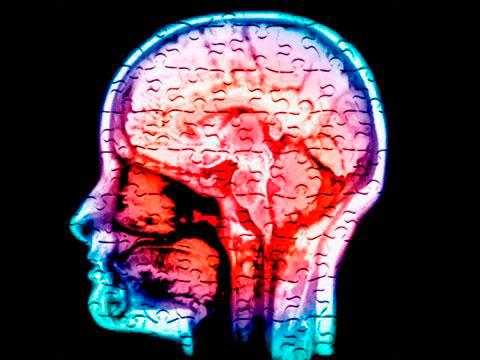
Share news
Listen
Everything communicates in events. As Raimond says, “no communication” doesn´t exist… so let´s try to make everything communicate the right message (from decoration to F&B). The food we serve, the colours of the decoration, the entrance queue… all these elements communicate something about the company´s style, its attention to delegates, its positioning.
First step: define what you want them to feel, to think, and to do after the event. But take into account that changing attendees requires talking to the attendees´ emotions, not reason. “Our brains are designed to feel more than to think”, he says, adding that an emotional message goes directly to our primitive brain and makes it react. And our primitive brain, whose objective is merely survival, is the most powerful part of this sacred organ. Here are just a few examples of how to adapt to human nature.
Make people uncomfortable. Motivation comes especially when the brain is stressed about missing out on something… and then is offered a solution. DESIRE => FRUSTRATION => SOLUTION is the perfect sequence. Cognitive dissonance (if you hold two contradictory beliefs), in events, generate a stress and then solve this frustration. Communicating very ambitious objectives, apparently impossible, generates the stress, and then the explanation of why and how we will manage them, is the best way to get people “on fire”.
Use empathy. Humans have these “mirror neurons” which generate empathy with what we see in others. Hence the impact of awards and generally recognition: the audience feels like it is their recognition, and gets highly motivated even when it is other people being rewarded.
What will people remember? Memory (essential! You of course want people to remember your messages) can be achieved by mere repetition of the message, or more effectively by association of ideas. Gamification or storytelling are ways of telling the message in a way which does not require too much repetition, and will help the brain remember. Remember that if you go for simple explanation, the brain remembers 1% of touch, 2% of hearing, 5% of view, 15% of taste and 35% of smell.
Need for leaders: events are a moment in which leadership is essential: leaders give security, show the way, bring expertise, and are very important to make messages look credible. If people don´t feel safe in their organization, they won´t fully perform. Prepare the speech of the leaders very very well. And a detail: people trust more a smiling leader.
Collective behavior. We don´t take individual decisions – we take them according to the others. Remember The Pied Piper of Hamelin. So go for group identification moments (from the group photo to the badge or a ritual in your events, be it a song or an expression…).
Use music. Raimond gave all present a mask to close their eyes and got them to listen to various styles of music, and analyses the impact it has on their feelings and reactions. Music is fantastic to create expectation, motivation, fun… and his was a very concrete way of experiencing this. In your next event think beyond just playing Coldplay´s greatest hits…
This presentation was not the end, rather the beginning of a change. But it embodied a way in which we should all think: understand what are the key drivers to get people to listen, to believe, to remember and then act to define effective events. Great stuff!


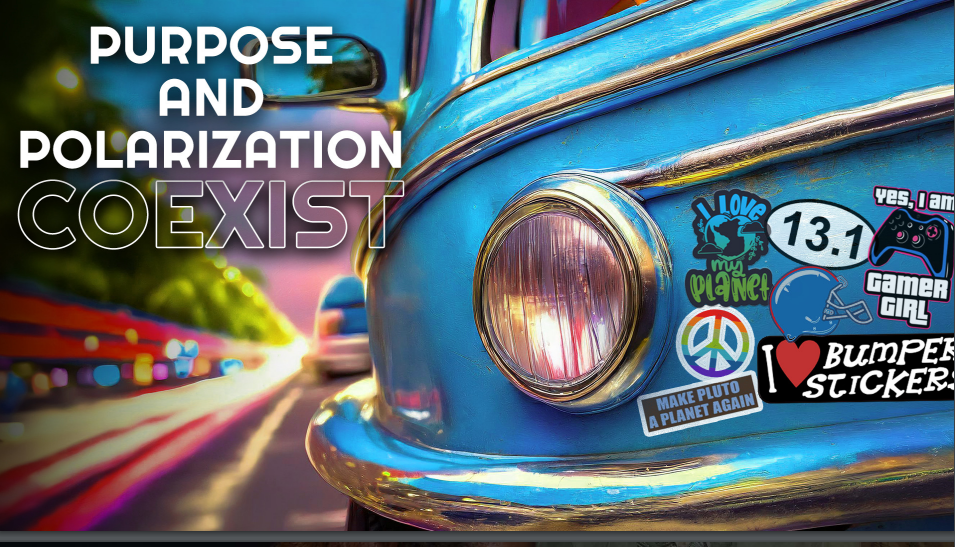
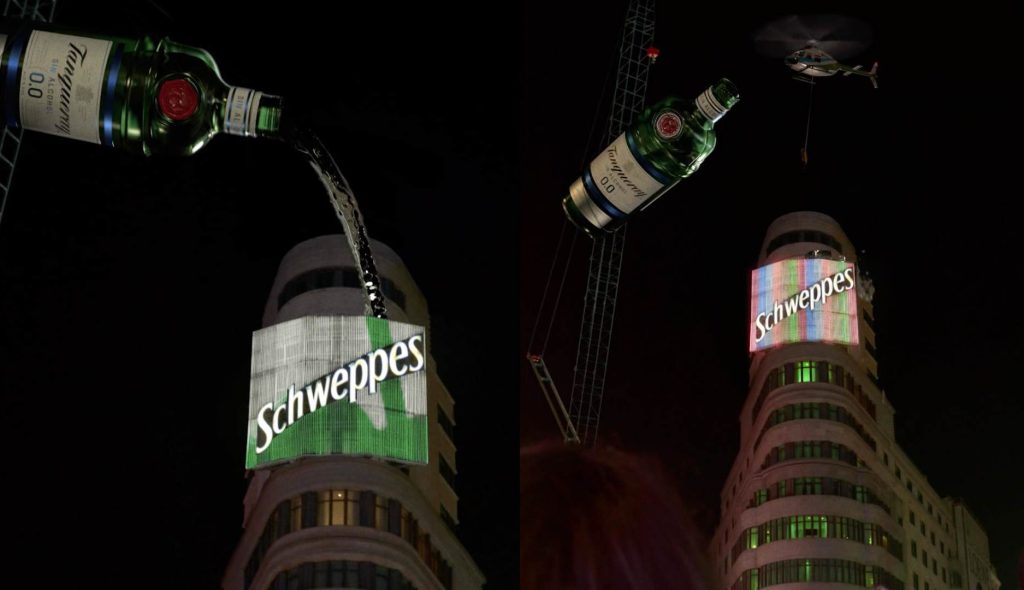
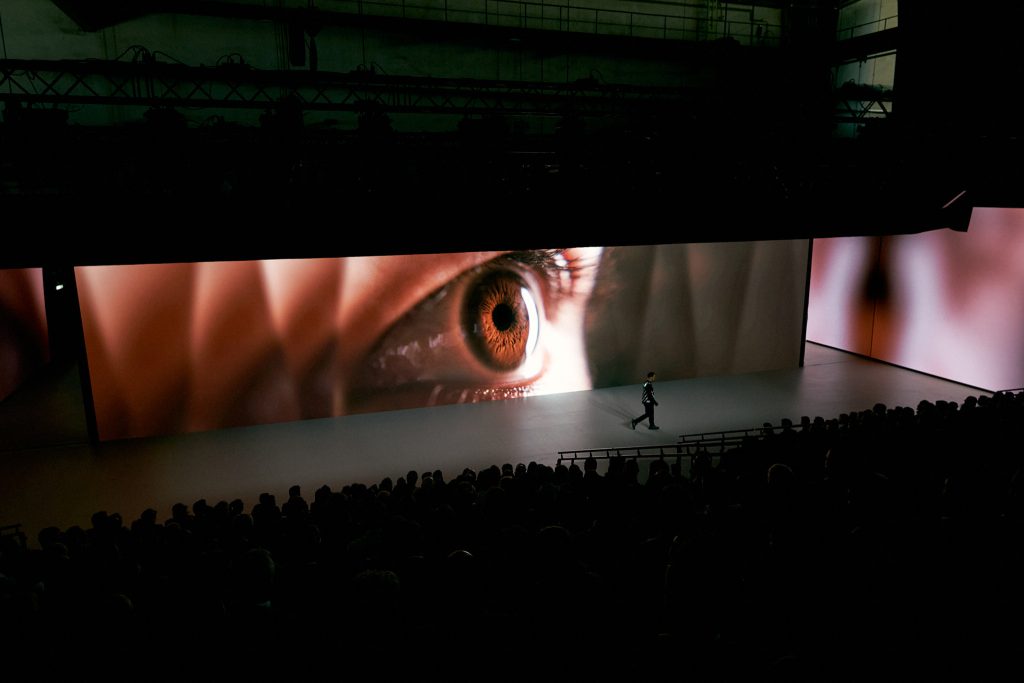
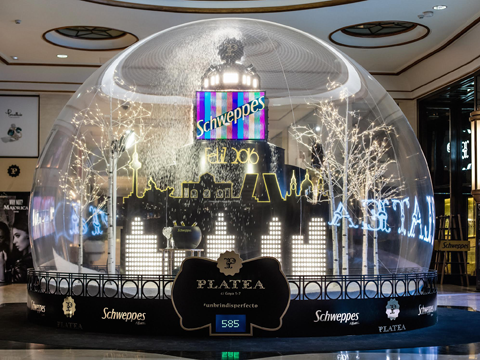
![ABC [eventos] organises the presentation of the new brand lato/b of the Max Mara Group](https://www.eventoplus.com/wp-content/uploads/eventoplus/imgsxml/galerias/noticias/1672/1672.jpg)



